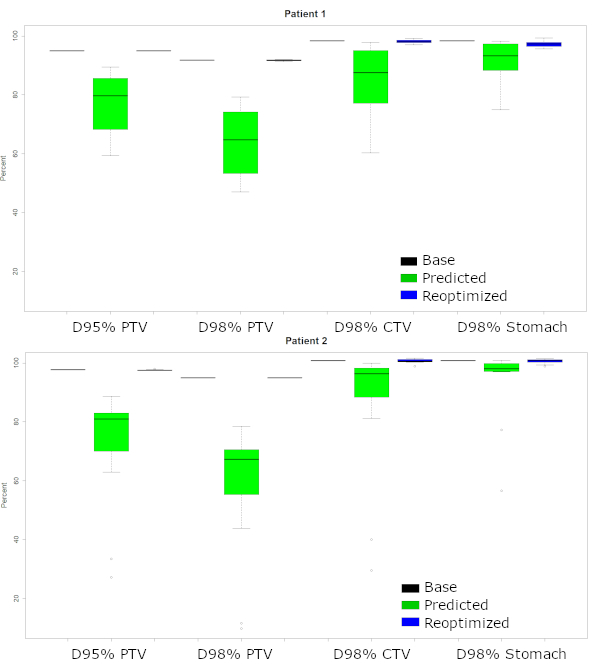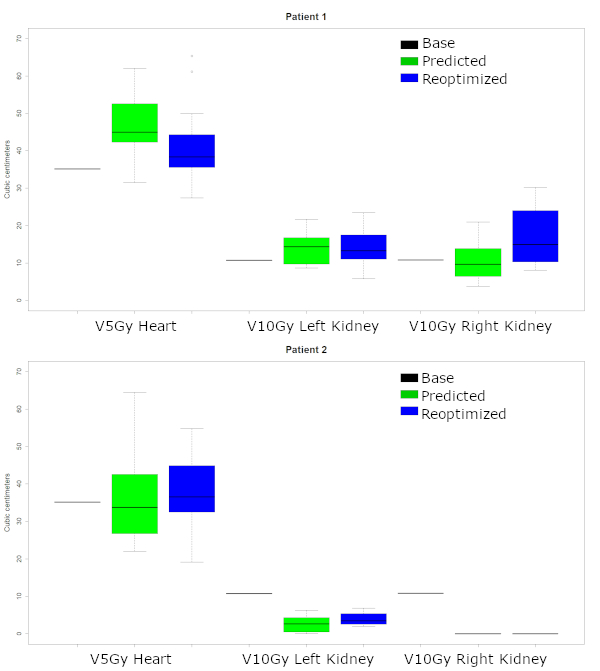Preliminary results from ongoing protocol of MR-guided adaptive radiotherapy for gastric lymphoma
PO-1170
Abstract
Preliminary results from ongoing protocol of MR-guided adaptive radiotherapy for gastric lymphoma
Authors: Laura Rechner1, Rasmus H Hansen1, Kristian Boye1, Lena Specht1, Peter M Petersen1
1Copenhagen University Hospital, Rigshospitalet, Department of Oncology, Copenhagen, Denmark
Show Affiliations
Hide Affiliations
Purpose or Objective
MR-guided daily adaptive radiotherapy (MR-ART) is a modality that could be advantageous for patients with gastric lymphoma due to the improved soft tissue contrast for daily image guidance, possibility of tracking and gating on internal anatomy, and the ability to account for large daily anatomical variations. The purpose of this study is to report a preliminary analysis from an ongoing protocol for MR-ART for patients with gastric lymphoma and investigate if daily adaption with MR-ART improves target coverage relative to no adaption.
Material and Methods
Two patients with gastric lymphoma were recruited to participate in our protocol for MR-ART and provided written informed consent. Both patients were planned in (comfortably deep) inspiration breath-hold on the MR-linac (MRIdian, ViewRay) using IMRT for the base plan. PTV margins were 5 mm superiorly near the heart and 8 mm otherwise and the prescription dose was 24 Gy in 12 fractions. Both patients were treated on the MR-linac with MR-ART, with internal gating on the superior region of the stomach near the heart.
Results
Daily adaption with MR-ART improved target coverage for both patients relative to the predicted plan (base plan recalculated on the daily anatomy) (Figure 1). For example, the dose to 95% of the PTV (D95%) improved from 77% to 95% of the prescription dose for the predicted plan compared to the reoptimized adapted plan for patient 1 and from 72% to 98% for patient 2 (mean of all fractions). The results for the volume (cubic centimeters) of the heart and kidneys receiving 5 Gy or 10 Gy (V5Gy or V10Gy) were mixed when comparing the predicted plan to the reoptimized adapted plan but were acceptable (Figure 2).


Conclusion
Preliminary results from this novel protocol on MR-ART for patients with gastric lymphoma show large improvements in target coverage with similar doses to organs at risk for patients treated with MR-ART relative to the predicted plan with no adaption. Treatment planning, daily recontouring, reoptimization of the plan, tracking and gating, and treatment delivery on the MR-linac were feasible, and further analysis will be performed when more patients have been accrued.